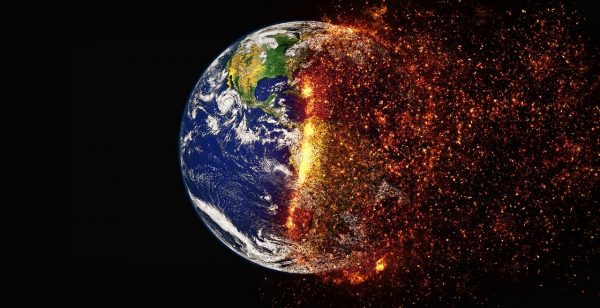
One of Antarctica’s Glaciers Lost an Iceberg Twice the Size of Washington, D.C.
Pine Island Glacier, one of the fastest-shrinking glaciers in Antarctica, has just lost another huge chunk of ice to the sea, continuing a troubling trend that has become a near-annual occurrence in the last decade. Scientists at Copernicus, the European Union’s Earth observation program, have been closely monitoring the glacier since large cracks appeared near its edge in October 2019. Yesterday, those cracks finally cut a chunk of the glacier away (a process known as calving), releasing a giant jigsaw puzzle of fresh icebergs into the nearby Amundsen Sea.
Live Science: https://www.livescience.com/pine-island-glacier-calving-retreat.html
Antarctica Just Saw Its All-Time Hottest Day Ever
Antarctica just experienced its single hottest day ever recorded, hitting a high of 69.35 degrees Fahrenheit (20.75 degrees Celsius) on Feb. 9, a team of Argentine researchers reported. This is the first time the temperature on the continent has exceeded 20 degrees C (68 F), the researchers told news site AFP.com, but not the first time the continent has seen a new record-breaking high this month. On Feb. 6, a research station on the Antarctic Peninsula (the continent’s northwest tip, closest to South America) reported a high of 64.9 F (18.3 C) — surpassing the previous record of 63.5 F (17.5 C), set in March 2015.
Live Science: https://www.livescience.com/antarctica-record-high-temperature.html
Arctic Sinkholes Open in a Flash After Permafrost Melt
Arctic permafrost can thaw so quickly that it triggers landslides, drowns forests and opens gaping sinkholes. This rapid melt, described in a new study, can dramatically reshape the Arctic landscape in just a few months. Fast-melting permafrost is also more widespread than once thought. About 20% of the Arctic’s permafrost — a blend of frozen sand, soil and rocks — also has a high volume of ground ice, making it vulnerable to rapid thawing. When the ice that binds the rocky material melts away, it leaves behind a marshy, eroded land surface known as thermokarst.
Live Science: https://www.livescience.com/arctic-permafrost-rapid-thaw.html
The End of Australia as We Know It
In a country where there has always been more space than people, where the land and wildlife are cherished like a Picasso, nature is closing in. Fueled by climate change and the world’s refusal to address it, the fires that have burned across Australia are not just destroying lives, or turning forests as large as nations into ashen moonscapes.
NY Times: https://www.nytimes.com/2020/02/15/world/australia/fires-climate-change.html


